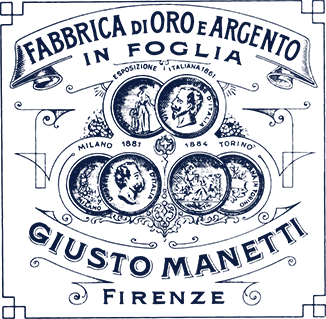Events and news
Events and newsGOLD IN ORIENTAL ART
As in many Western cultures, even in the ancient Orient gold always played a major role in the decoration of votive figures. One of the most well-known images related to this use are the many Buddhas decorated, completely or in part, with gold on a bronze base. In India, gold leaf was used for the decoration of paintings applied to cotton together with tempera. Another use, typical especially in Chinese and Japanese art, is the use of gold in leaves or in powder for pictorial representation and for the decoration of boxes and cases.
The decoration of objects was done, among others, with the technique of “sprinkled painting”, or “maki-e”. The motives are painted on a lacquered background, usually black, that is then redefined by strewing the stilldamp surface with different kinds of gold powder: irregularly shaped (yasurifun), flattened (nashijifun), flat and large (hiramefun).
The preliminary drawing is done with vermilion lacquer; then on the surface prepared in this way, gold and silver powders are “sown”.
It is covered with a new layer of transparent lacquer that, when dry, is again polished.
The use of gold leaf is also found in Middle Eastern and Persian art in pictorial representations and for illustrations of literary works. This is true, for example for a special edition of Leyla and Majnun, a classic poem by the great Persian poet Nezami.
In the volume is represented the “Battle of the Tribes” observed by Majnun where gold leaf is used to represent the sky.




